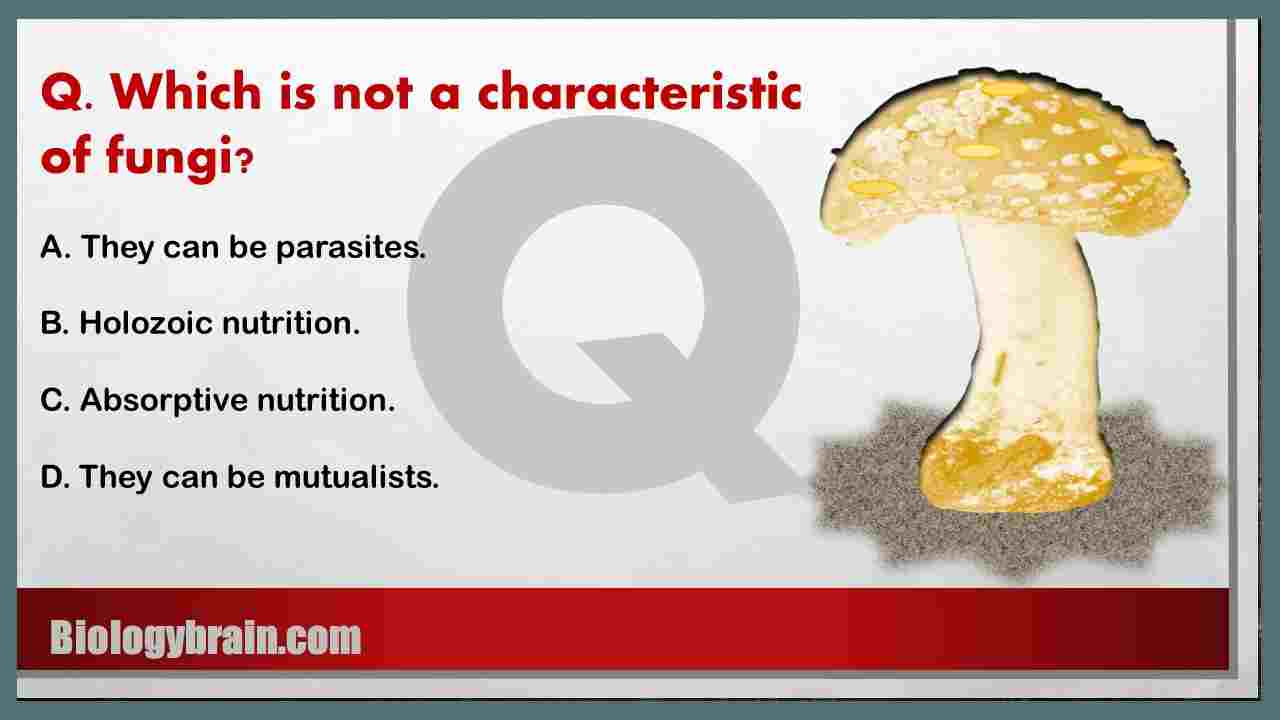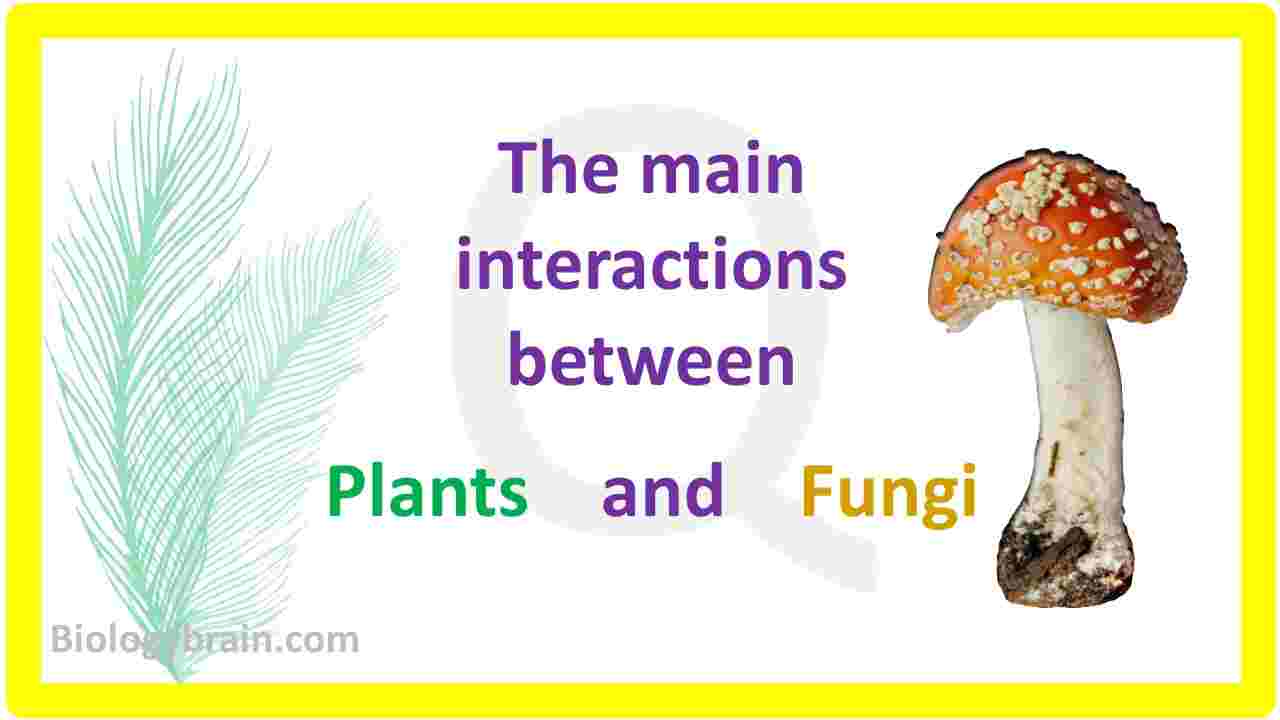Q. Which polysaccharide is an important component in the structure of many animals and fungi?
Answer: The polysaccharide chitin is the major component in the structure of many animals and all fungal cells.
Chitin is used in the synthesis of fungal cell walls. While in animals, especially the exoskeleton of insects is made of chitin.
Moreover, the exoskeletons of crabs, mites, lobsters, scorpions, spiders, prawns, and ticks are also formed by chitin.
Structurally, chitin is more similar to the structure of cellulose. While the function of chitin is more similar to that of keratin.
Chitin is a long-chain polymer of monosaccharide glucose called N-acetylglucosamine. The hydrogen bonds between monomers of chitin provide the highest structural stability.
Plants do not contain chitin, however, plants contain an enzyme called chitinase that degrades the chitin into its monomers.
In plants, the chitinase enzyme provides the plant with chemical defense as it degrades chitin, a major component of the cell wall of fungal pathogens.
The higher animals (humans and other mammals) also produce the enzyme, chitinase. In humans, gastric juice contains chitinase, so the consumed chitin-containing foods will be digested easily. Moreover, in humans, chitinase also provides chemical defense against fungal pathogens.
Other Important questions:
- Which of these does not contain a structural protein?
- After which checkpoint is the cell first committed to continue the cell cycle through M?
- Which of the following statements about ATP (adenosine triphosphate) is correct?
- What happens in the G1 phase of the cell cycle ?
- In general, enzymes are what kinds of molecules?
- The junction between the axon of one neuron and the dendrite of the next is called
- What is the role of enzymes in the DNA replication process?
- How do enzymes speed up chemical reactions?
- In the liver, detoxifying enzymes are localized in what organelle?
- Which statement(s) correctly describe(s) the interactions between plants and fungi?










